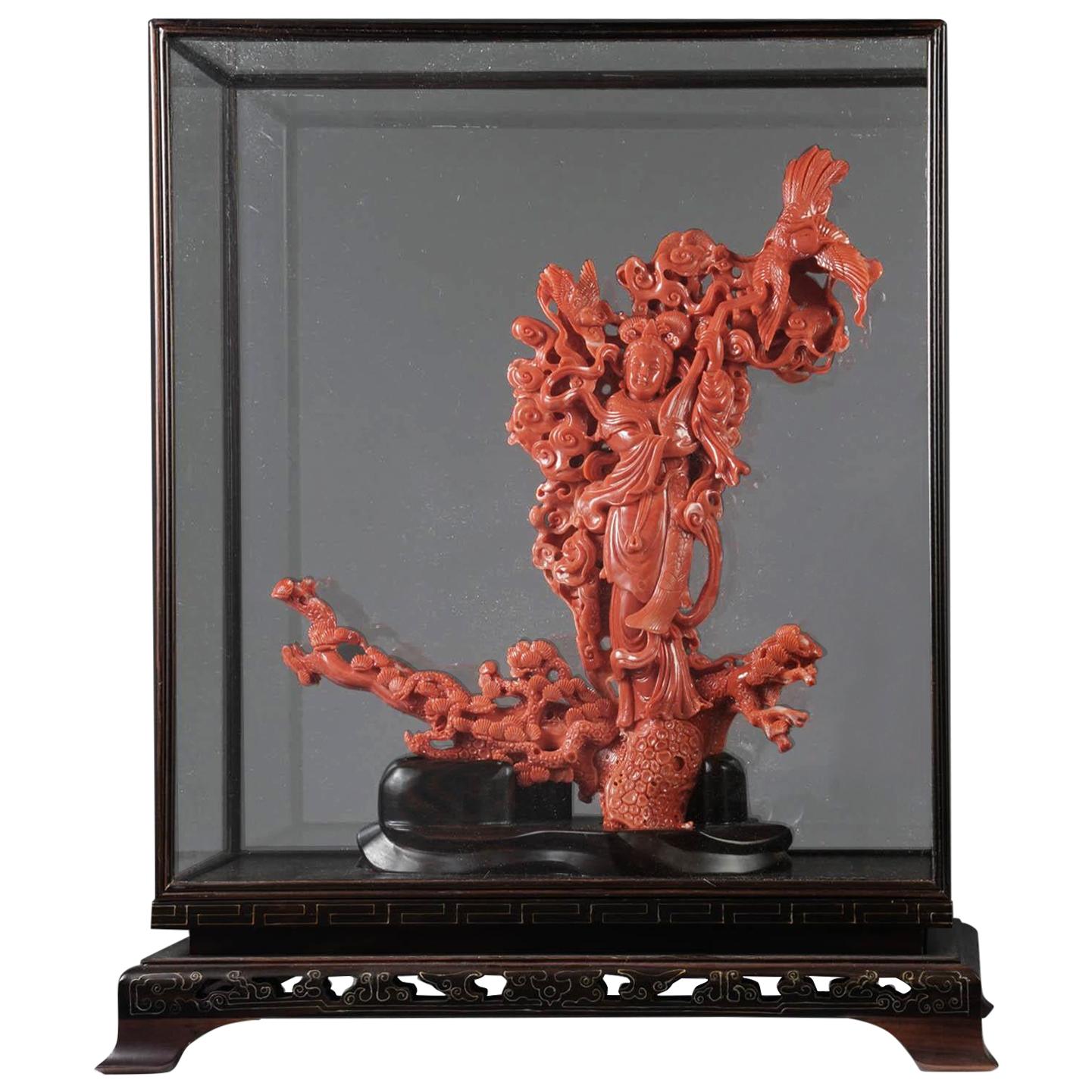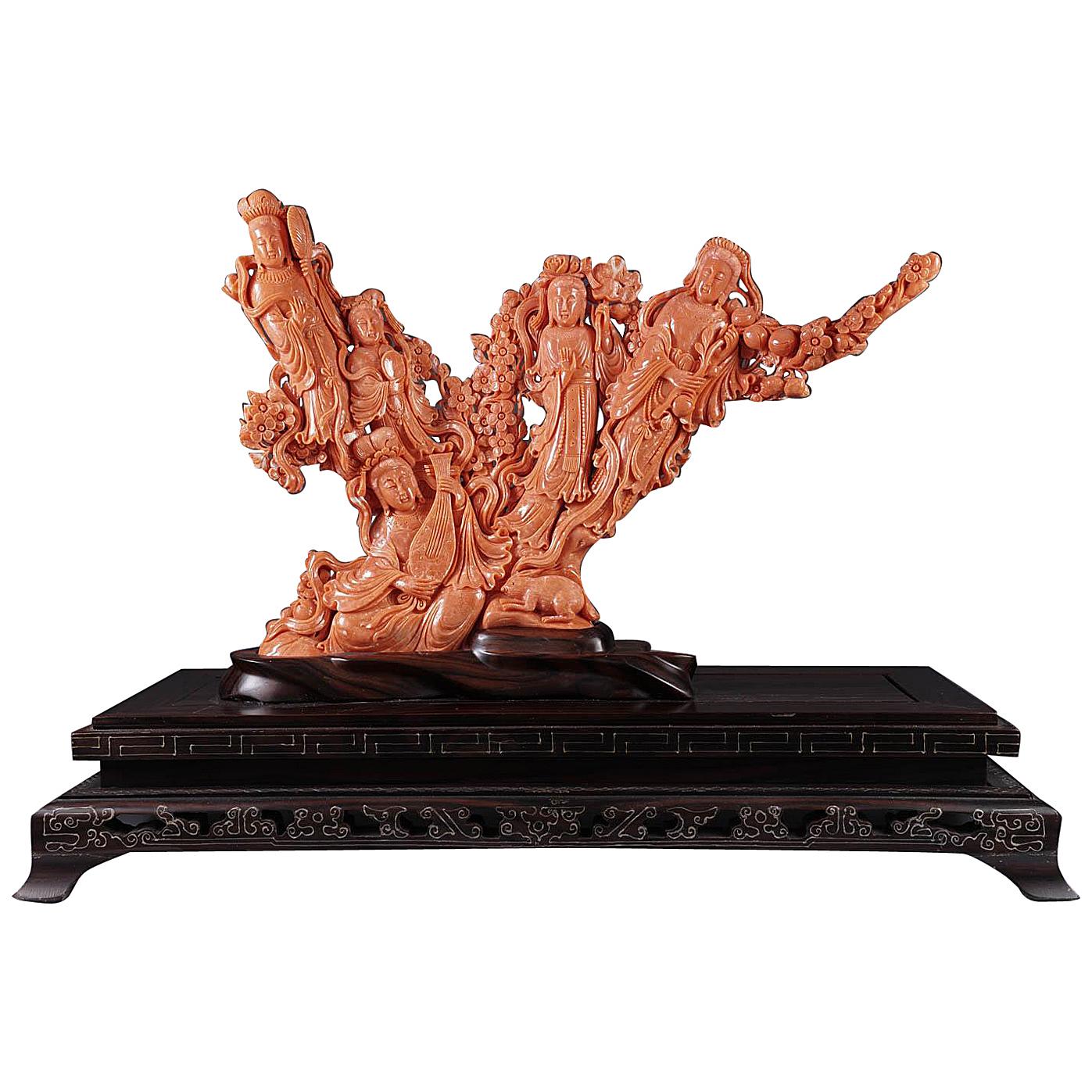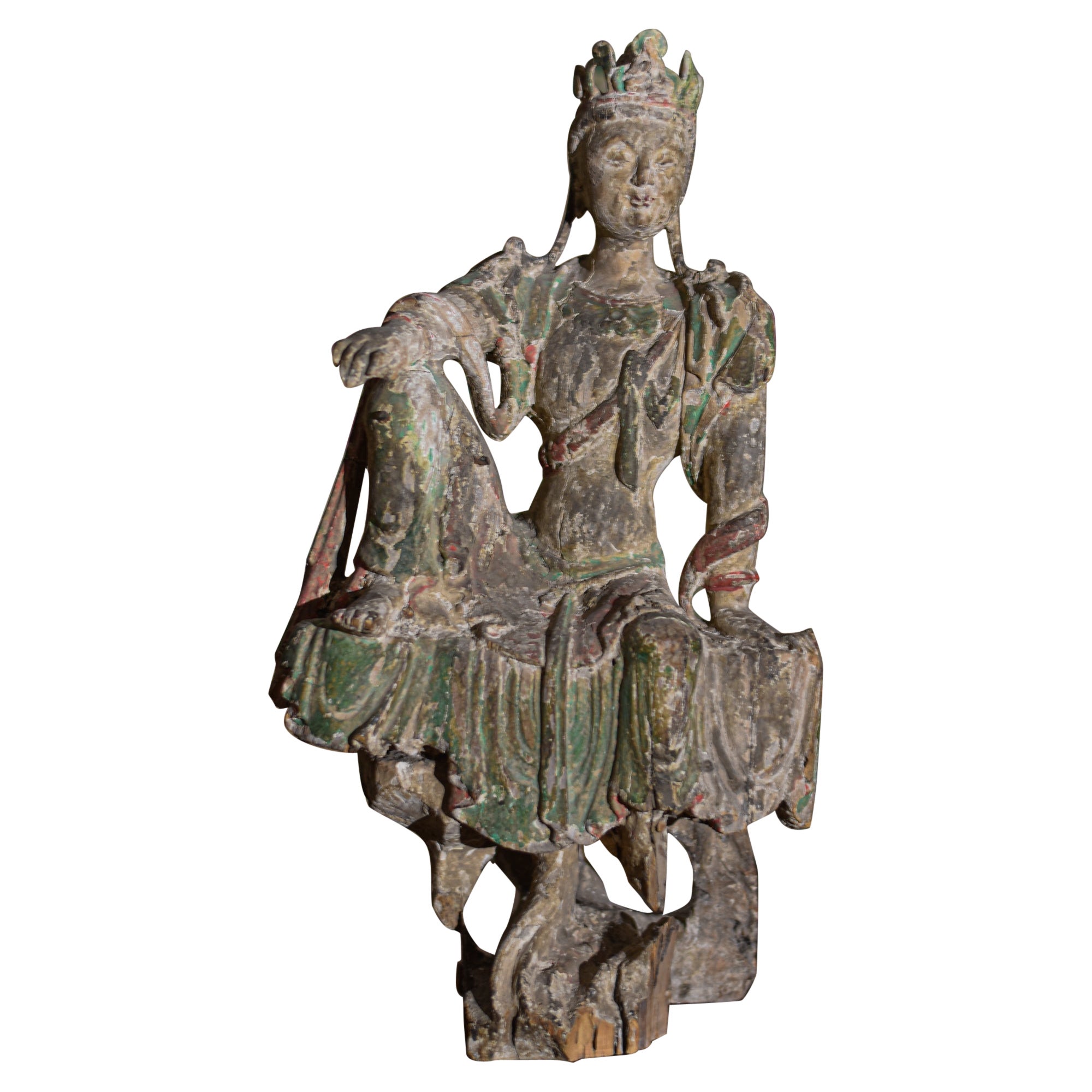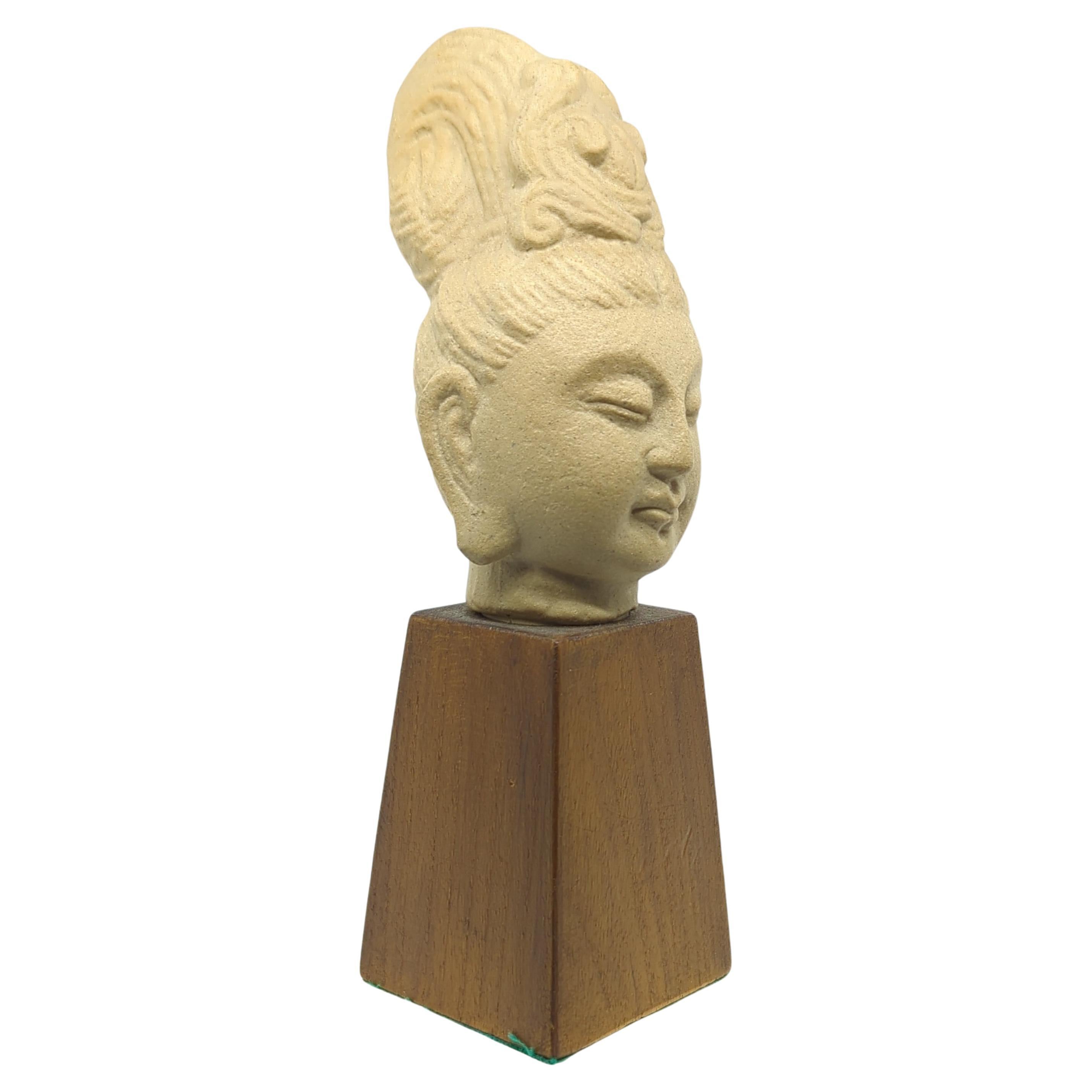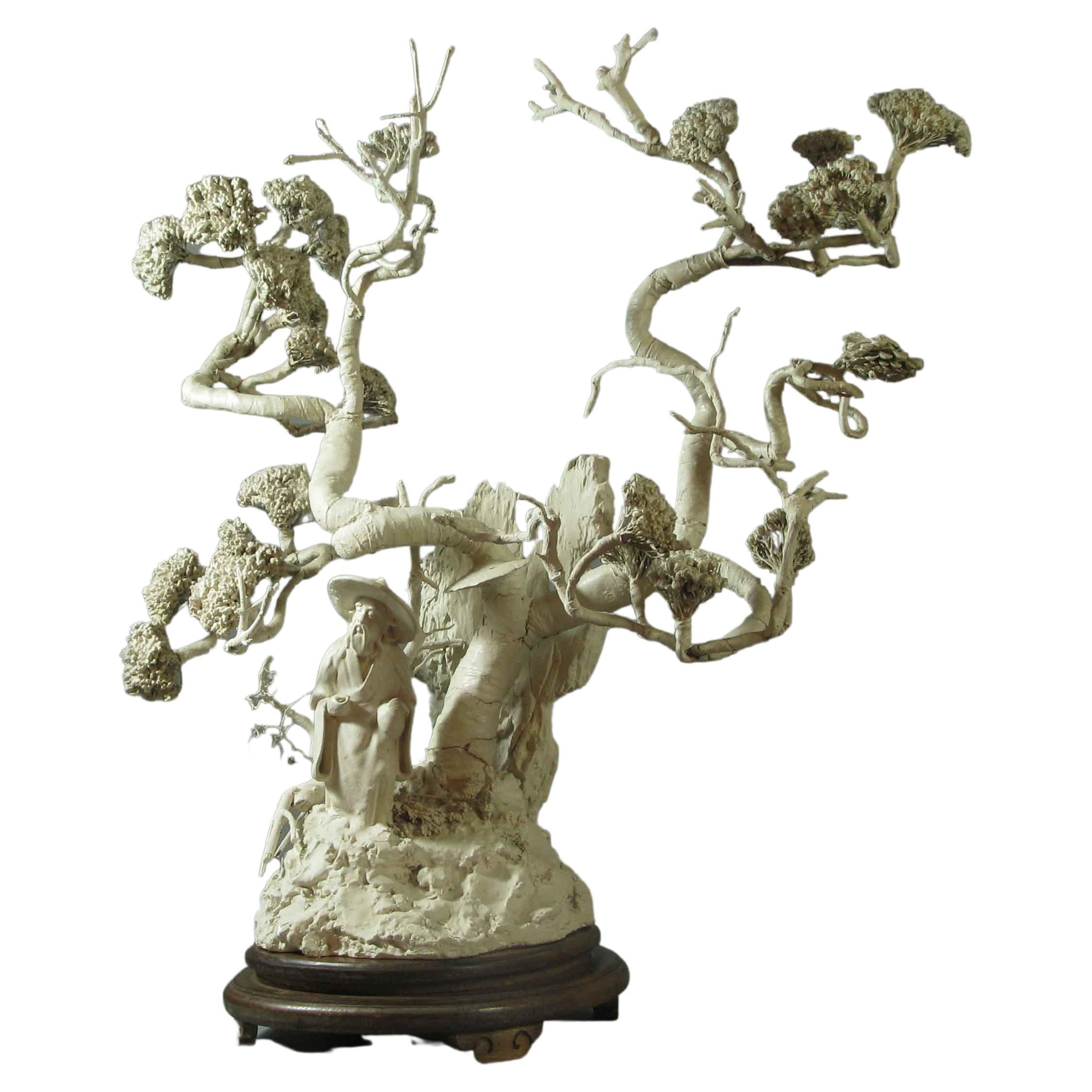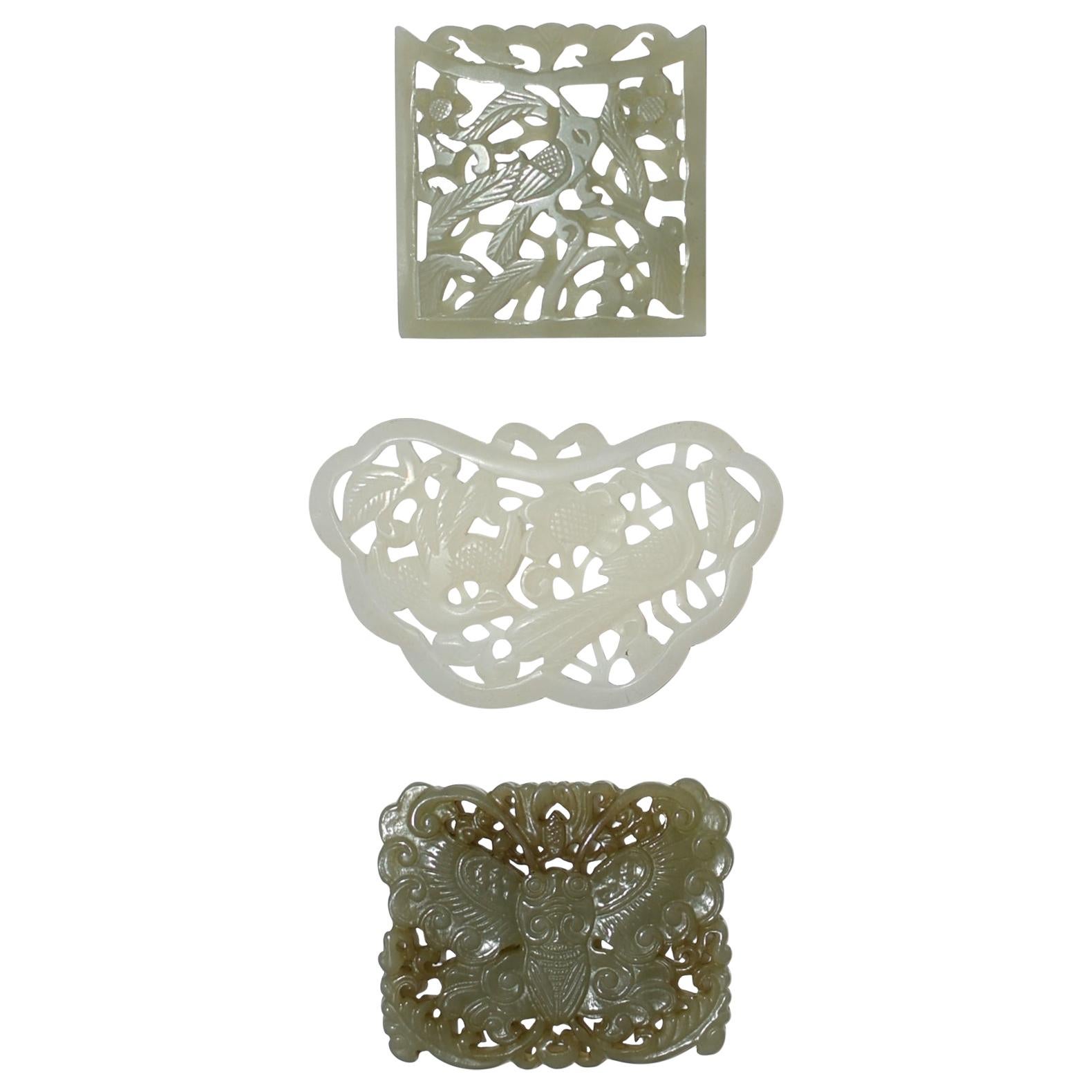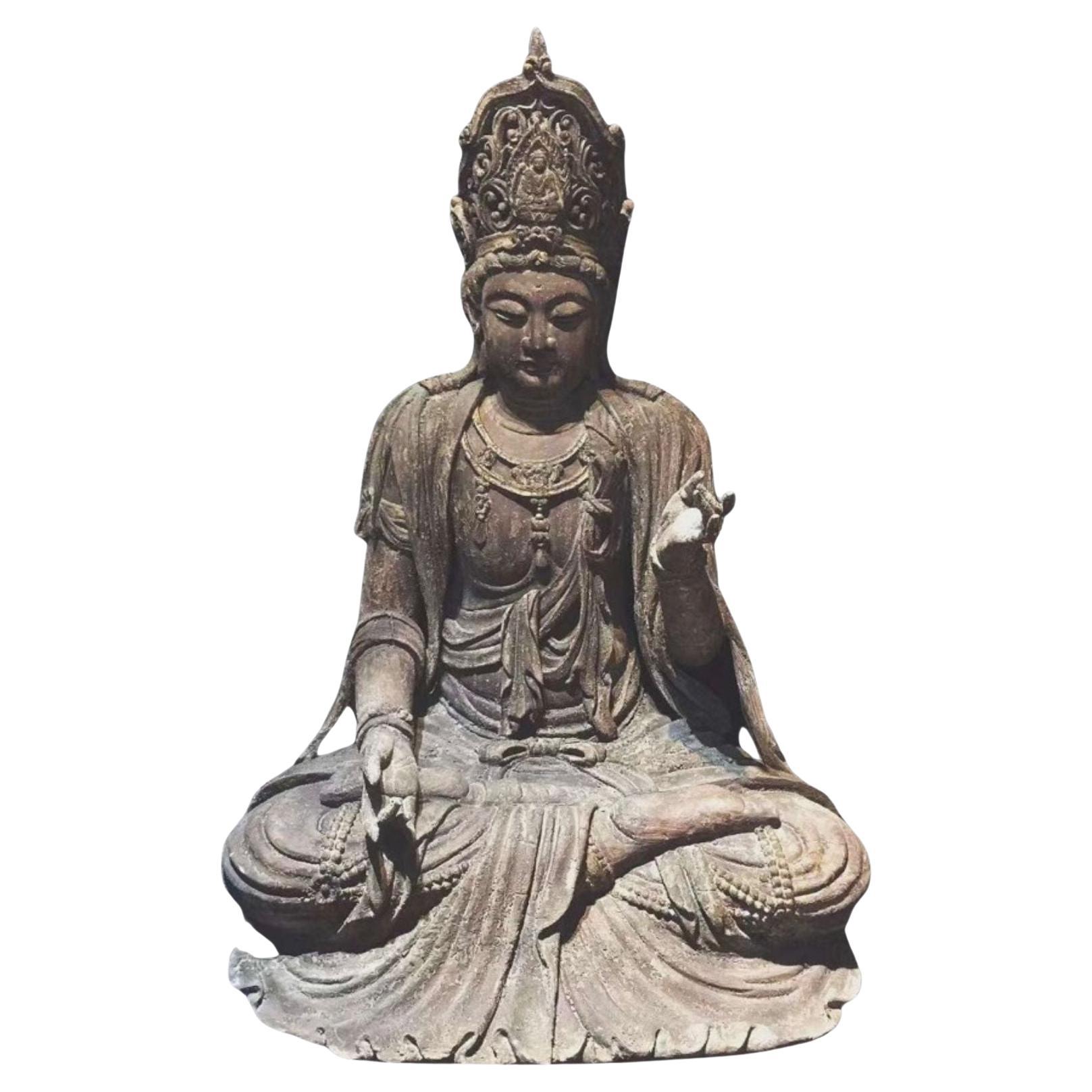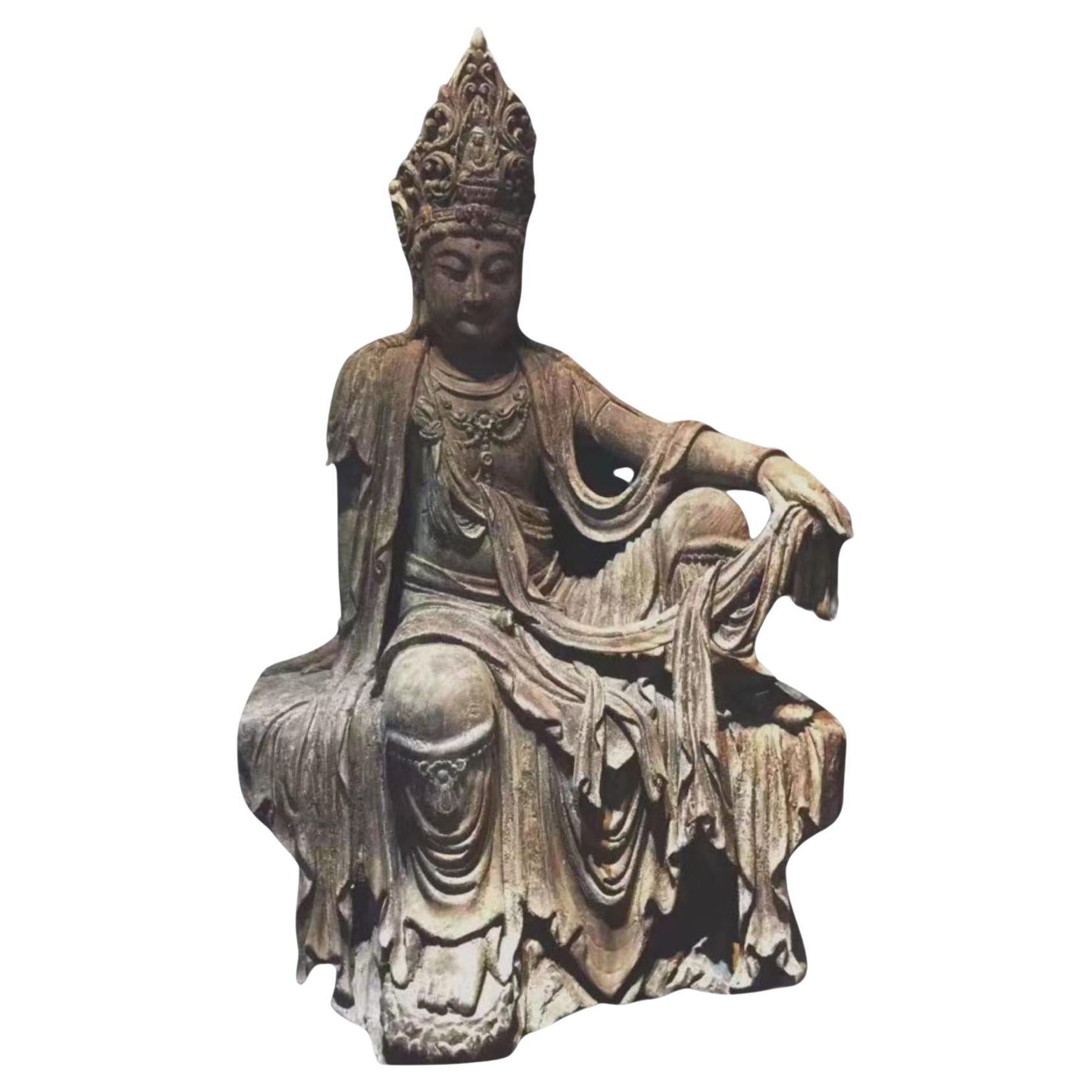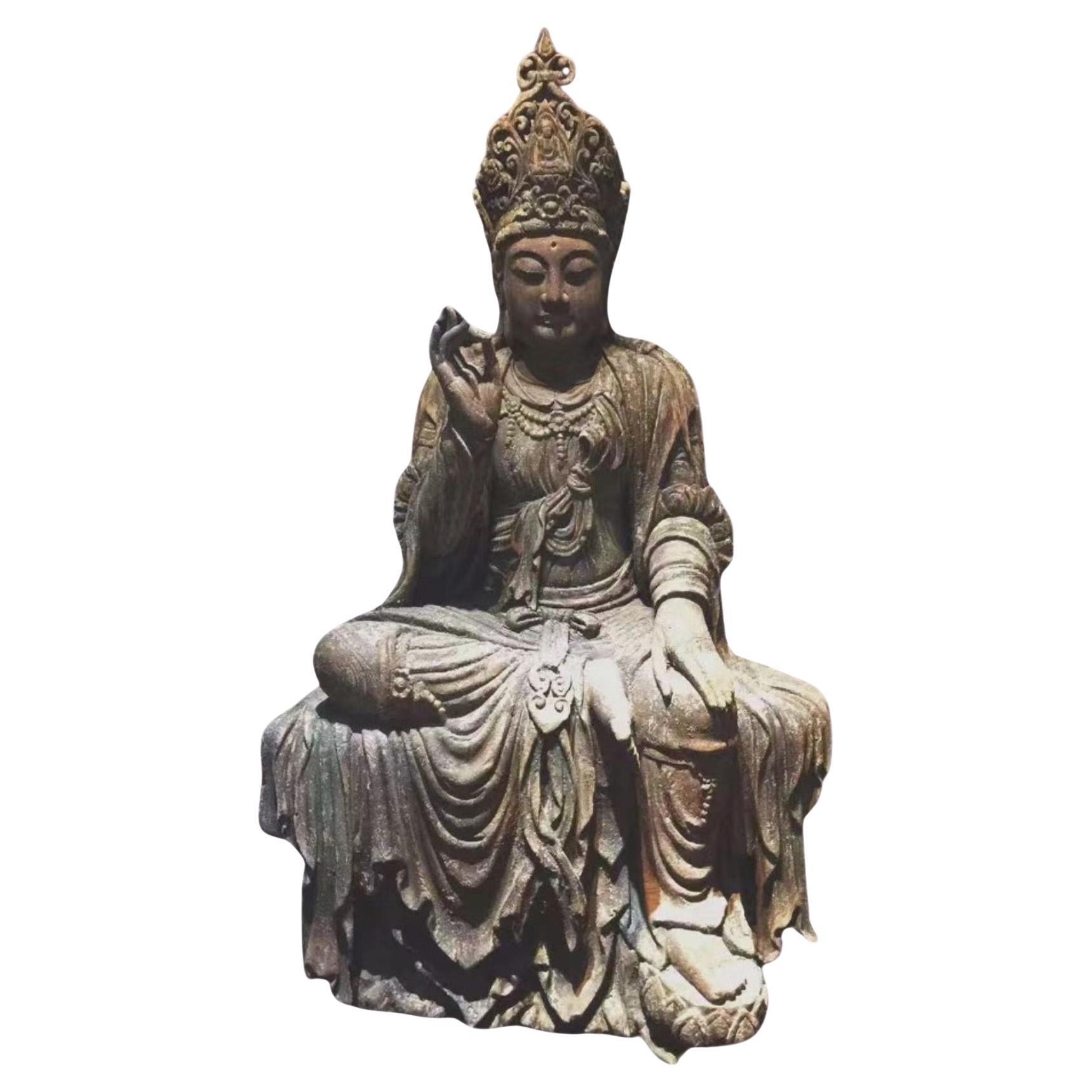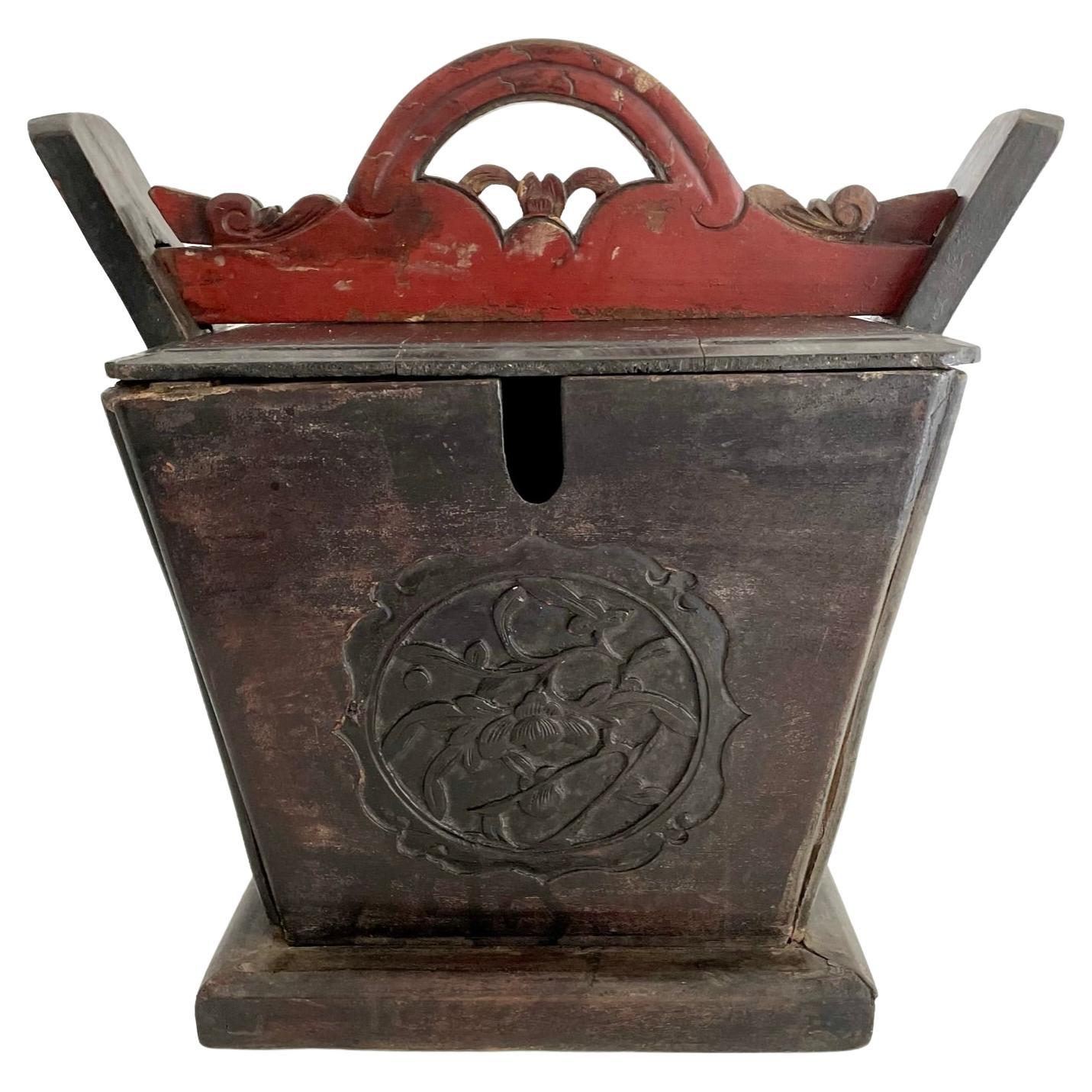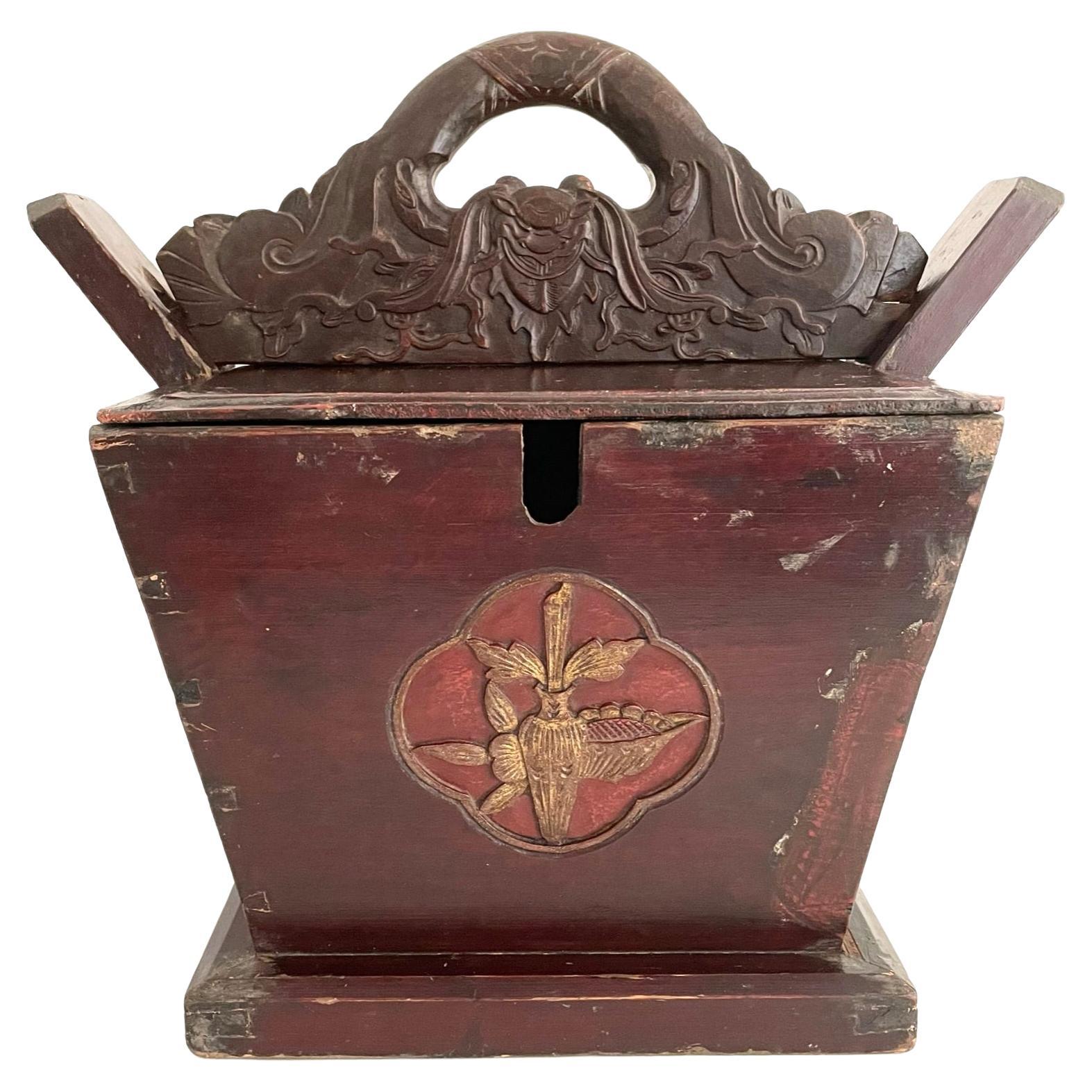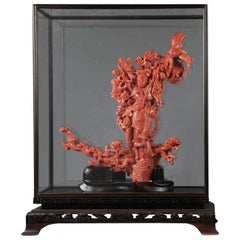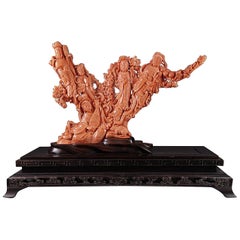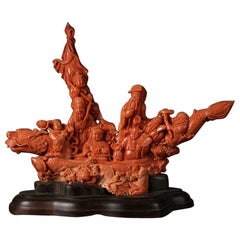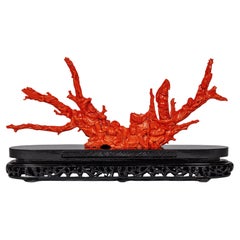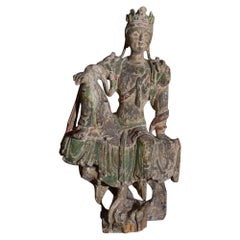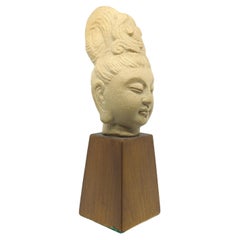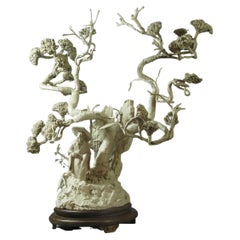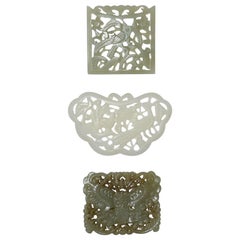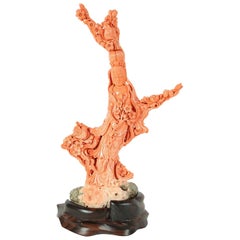
Exceptional Large Chinese Carved Coral Figural Group of a Guanyin Kwan Yin
View Similar Items
Want more images or videos?
Request additional images or videos from the seller
1 of 14
Exceptional Large Chinese Carved Coral Figural Group of a Guanyin Kwan Yin
$125,000List Price
About the Item
- Dimensions:Height: 17 in (43.18 cm)Width: 12 in (30.48 cm)Depth: 1 in (2.54 cm)
- Materials and Techniques:
- Place of Origin:
- Period:
- Date of Manufacture:circa 1900
- Condition:
- Seller Location:Queens, NY
- Reference Number:1stDibs: LU1798214284521
About the Seller
5.0
Vetted Professional Seller
Every seller passes strict standards for authenticity and reliability
Established in 1980
1stDibs seller since 2016
63 sales on 1stDibs
Typical response time: 6 hours
Authenticity Guarantee
In the unlikely event there’s an issue with an item’s authenticity, contact us within 1 year for a full refund. DetailsMoney-Back Guarantee
If your item is not as described, is damaged in transit, or does not arrive, contact us within 7 days for a full refund. Details24-Hour Cancellation
You have a 24-hour grace period in which to reconsider your purchase, with no questions asked.Vetted Professional Sellers
Our world-class sellers must adhere to strict standards for service and quality, maintaining the integrity of our listings.Price-Match Guarantee
If you find that a seller listed the same item for a lower price elsewhere, we’ll match it.Trusted Global Delivery
Our best-in-class carrier network provides specialized shipping options worldwide, including custom delivery.More From This Seller
View AllExceptional Chinese Carved Coral Figural Group of a Guanyin Kwan Yin Phoenix
Located in Queens, NY
An exceptional Chinese carved coral figural group of a Guanyin, Kwan Yin with a Phoenix.
Very finely carved. In a custom made glass...
Category
Early 20th Century Chinese Sculptures and Carvings
Materials
Coral
Exceptional Large Chinese Carved Coral Figural Group Statue of Female Immortals
Located in Queens, NY
An exceptional and large Chinese carved coral figural group / statue of female Immortals.
Very finely carved, very large and heav...
Category
Early 20th Century Chinese Sculptures and Carvings
Materials
Coral
Exceptional Chinese Carved Coral Figural Group of a Boat with Eight Immortals
Located in Queens, NY
An exceptional Chinese carved coral figural group or statue of a boat with eight immortals. The boat in a form of a carved dragon wi...
Category
Early 20th Century Chinese Sculptures and Carvings
Materials
Coral
Magnificent, Large Japanese Carved Coral Figural Group, Seven Figures with Fish
Located in Queens, NY
Magnificent and Large Japanese Carved Coral Masterpiece – Seven Figures Amid a Reef with Fish and Storks
A breathtaking celebration of artistry and natural beauty, this exceptional ...
Category
Vintage 1960s Japanese Sculptures and Carvings
Materials
Coral
A Large and Exceptional Japanese Meiji Period Tokyo School Bronze Sculpture
Located in Queens, NY
Presenting an extraordinary Large and Exceptional Japanese Meiji Period Tokyo School Bronze Sculpture depicting a delightful ensemble of six energe...
Category
Antique 19th Century Japanese Meiji Sculptures and Carvings
Materials
Bronze
$37,050 Sale Price
35% Off
Large Pair of Meiji Period Japanese Cloisonne Enamel Double Dragon Vases
Located in Queens, NY
A large pair of Meiji Period Japanese Cloisonne Enamel Double Dragon Vases, 19th century.
Japanese cloisonne enamel dragon vases are highly ...
Category
Antique 19th Century Japanese Meiji Metalwork
Materials
Copper, Enamel
You May Also Like
Chinese Guan Yin Figure Early Ming Dynasty
Located in Lymington, GB
A rare Chinese Guan Yin figure, early Ming dynasty (1368-1644).
Beautifully painted carved wood retaining a significant amount of its apparently or...
Category
Antique 15th Century and Earlier Chinese Ming Sculptures and Carvings
Materials
Wood
Vintage Chinese Ceramic Bust of Guanyin Kwan Yin Buddha On Wood Stand mid-20c
Located in Richmond, CA
This Chinese ceramic bust of Kwan Yin (Guanyin), the revered bodhisattva of compassion in Buddhist tradition, is a beautifully crafted representation of spiritual serenity and grace....
Category
20th Century Chinese Chinese Export Sculptures and Carvings
Materials
Ceramic
$395 Sale Price
50% Off
Large Chinoiserie Plaster Sculpture Chinese Figure under a Pine Tree
Located in Ottawa, Ontario
A large chinoiserie plaster sculpture
Chinese figure under a pine tree
Probably early 20th century.
Large, possibly unique sculpture of figure under a pine tree with a rock
for...
Category
Early 20th Century Chinese Chinese Export Sculptures and Carvings
Materials
Plaster
Jade Carving Group Finely Carved
Located in Somis, CA
This special collection comprises a three-dimensional celadon jade carving of a magpie perched on plum blossom branches, symbol of happiness; a Ruyi shap...
Category
20th Century Chinese Sculptures and Carvings
Materials
Jade
$1,400 Sale Price / set
25% Off
Large 19th Century Chinese Carved Tea Caddy
Located in Atlanta, GA
Beautifully carved Qing dynasty tea caddy from Elmwood (yumu), with floral motifs. Beautiful original patina, the body is in a brown lacquer and the handle is finished with an red color lacquer. The large size is very usual and was used in a large family compound. The tea caddy is designed to hold and keep warm, large tea pot filled with tea. The tea pot’s spout comes out the front opening for pouring. The horizontal bar used as the container’s handle has a pivoting lock when open, the handle bar can be removed and closing of the pivoting lock, the handle is secure for use. The wooden tea caddy...
Category
Antique Late 19th Century Chinese Sculptures and Carvings
Materials
Elm
Large 19th Century Chinese Carved Tea Caddy
Located in Atlanta, GA
Beautifully carved Qing dynasty tea caddy from Elmwood (yumu), with floral motifs and finished with an oxblood color lacquer. The handle has a finely carved bat motif, which symbolizes good fortune. The large size is very usual and was used in a large family compound. The tea caddy is designed to hold and keep warm, large tea pot filled with tea. The tea pot’s spout comes out the front opening for pouring. The horizontal bar used as the container’s handle has a pivoting lock when open, the handle bar can be removed and closing of the pivoting lock, the handle is secure for use. The wooden tea caddy...
Category
Antique Late 19th Century Chinese Sculptures and Carvings
Materials
Elm
Recently Viewed
View AllMore Ways To Browse
Carved Guanyin
Kwan Yin
Chinese Coral Carving
Carved Coral Figure
Antique Kwan Yin
Coral Guanyin
Coral Kwan Yin
Wooden Carving
Japan Garden
Japanese Antique Wood
Asian Weights
Antique Temple
Japanese Wood Crafts
Japanese Carved
Antique Hand Carved Chinese Furniture
Buddhist Art
Midcentury Japanese Art
Buddha To Buddha
